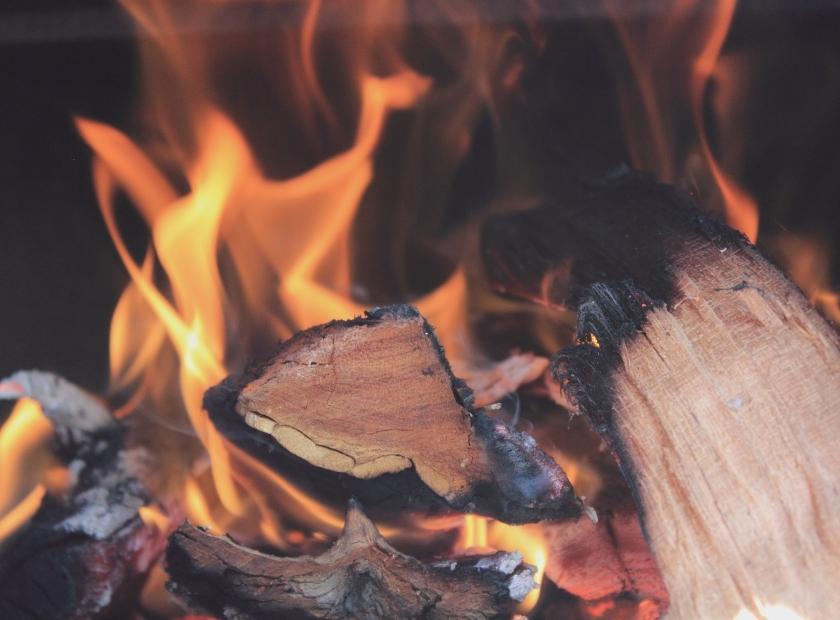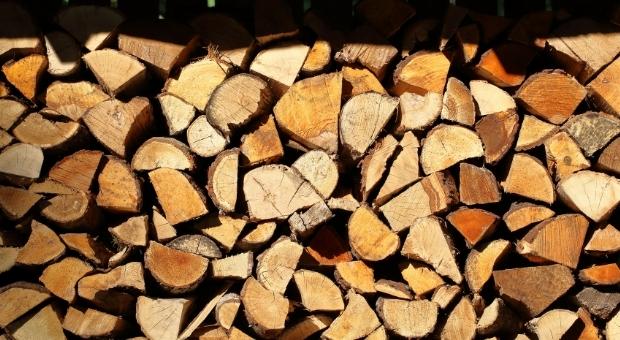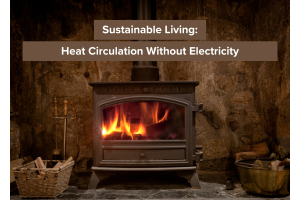What Type of Firewood Should You Burn When?

Get the fire you're after by following our quick guide.
image credit: Obed Hernández
The nights are getting cooler as the seasons change once again. As you get ready for the colder nights and crisp mornings, which type of wood will keep you warm as autumn settles into winter?
As veteran woodstove owners will tell you, you cannot just burn the first chunk of wood you grab out of the pile. Each type of tree has its own personality and you need to choose wisely to get the right feel for the right time of year.
What are the best types of wood to burn? Which is best for each season?
All wood produces the same number of British thermal units (BTUs) based on its weight. However, heavier wood species are denser and produce more BTUs per volume. Woods like oak, maple, and beech also burn longer so you can take a break from reloading or put them on when you’re going out and want the house to still be warm when you return.
Meanwhile, lighter wood (such as cedar) makes a great base so you should make it your go-to wood for kindling since it is also easier to split. Cedar also produces a quicker heat, so you may wish to start with it to warm up the room initially, then throw on the heavier wood to keep the heat pumping out longer.
Therefore, the secret is to have a variety of woods stored in your shed so you don’t end up continually throwing quick-burning cedar into the stove – or have the hassle of getting up throughout the night to reload it. Likewise, you don’t want to buy maple only and find yourself opening windows so you don’t sweat to death on those milder days.
By finding the right balance, you can enjoy the right warmth at the proper pace to ride through the shoulder seasons right through to the most frigid days of winter.

According to the Ontario Woodlot Association, these are the BTU values of each type of wood:
- Rock Elm - 32
- Shagbark Hickory - 30.6
- White Oak - 30.6
- Sugar Maple - 29
- Beech - 27.8
- Red Oak - 27.3
- Yellow Birch - 26.2
- White Ash - 25
- White Elm - 24.5
- Red Maple and Tamarack - 24
- Tamarack - 24
- Black Cherry - 23.5
- White Birch - 23.4
- Hemlock - 17.9
- Trembling Aspen - 17.7
- White Pine - 17.1
- Basswood - 17
- White Cedar - 16.3
- White Spruce - 16.2
- Balsam Fir - 15.5
You don’t need to stock up on all twenty types of wood to get the right range of fuel throughout the year. It’s not like a spice rack where you carefully curate what you will add to the mix. However, it is good to know which wood will fit the type of day ahead – cool, dry, humid or downright chilly. Then you can find your comfort zone sooner and can enjoy the scents and warmth from your fire.
Rather than print out a chart and tack it up for regular consultation, there are a couple of ways to make your selections more quickly and easily. You can sort your wood from lightest to heaviest so you just select from the specific part of the shed.
You can also gauge the weight by picking up a piece to feel its heft. You can easily pick up a piece of cedar with one hand. Meanwhile, a rock elm will definitely require two hands and will burn longer, making it worth the effort to carry it inside.
Once you get into a pattern, you’ll be unconsciously collecting the right wood without giving it a second thought. Then you can snuggle in and focus on the beautiful landscapes each season delivers!
Of course, regardless of the wood you're burning, you'll feel the room warm faster and use less wood if you're using an Ecofan ontop of your woodstove! Learn more about Ecofan here.






